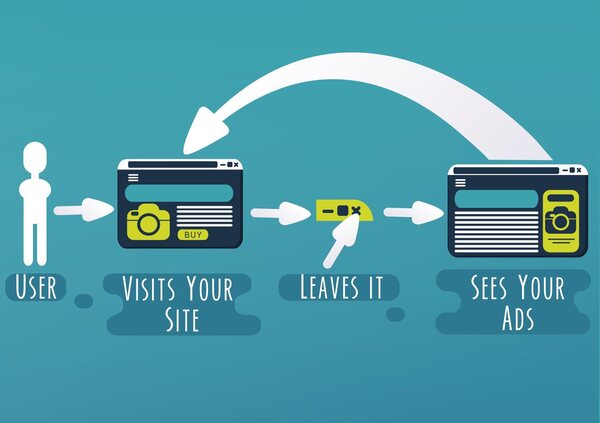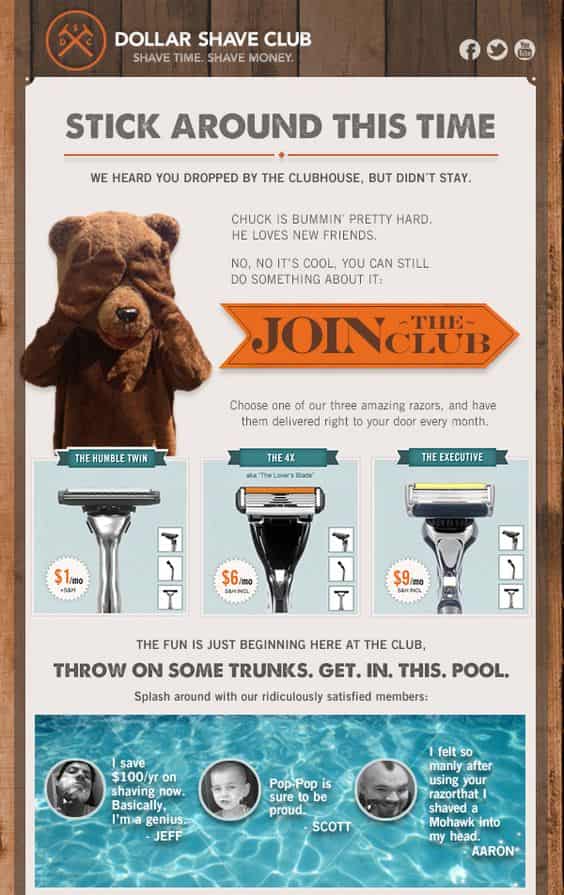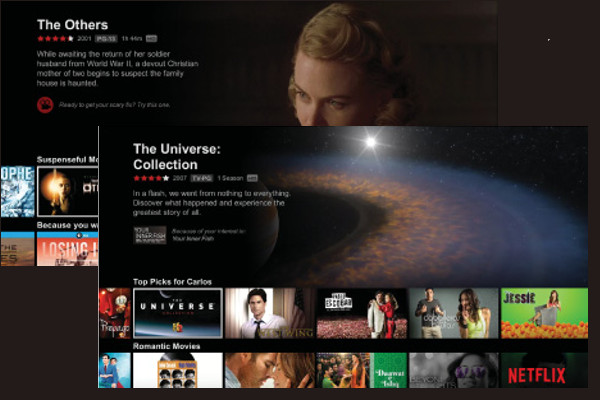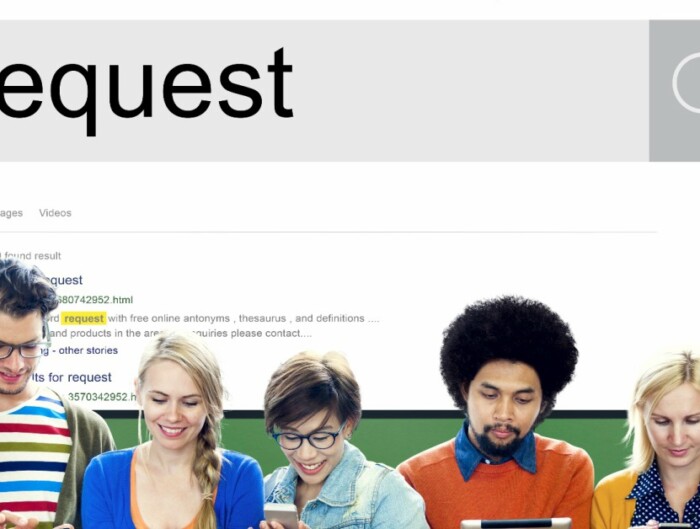
Personalized retargeting is a not insignificant part of retail Internet-based marketing activities. The general sense of activities of this type is to continue a conversation that has already begun with the user, typically after an initial site visit or any online interaction. The opportunities for retargeting are potentially endless – all it takes is a view or a click – and are within everyone’s reach. On the strategic level, however, too little work is still being done.
This is a delicate moment: on the one hand, you should not waste what you have invested in attracting people’s attention; on the other hand, it is important to be careful not to burn a potential opportunity (typically by acting in an inelegant manner or with excessive pressure). Think of business models based on selling products for everyday use, for example, personal care and hygiene. It is obvious to anyone that having searched for a certain brand of shampoo online is not a sufficient reason to chase a user with banners on all channels.
Relying on retargeting a pixel in many cases is counterproductive because, in addition to worsening brand perception, it lowers the click through rates of any ad format and account quality scores.
We then imagine a world without intrusive banners. Let’s imagine personalized and intelligent retargeting that is based on segments and goals. Here are 3 examples:
Abandoned Shopping Cart Recovery with Customized Discount
Let’s start with a simple example that has already been extensively tested: abandoned cart retrieval by email. This is a communication – more or less engaging – that is delivered to the inbox, tending to be 24 hours after a purchase on an ecommerce has been discontinued. This in itself is personalized retargeting, because the email is specifically targeted to a person and shows images of the desired product. However, most of the time these emails do not take people’s history into account, but are simple triggers.
An important differentiation should be made on the life cycle of the lead or customer: a hero user, who has therefore made a high and frequent volume of spending, is certainly not the same as a new user. Personalization of the conversion incentive, if there is one, could at that point be highlighted with appropriate differences. This is the example of Dollar Shave Club, which focuses on membership and not just product.

Personalized retargeting on inactive users
We mentioned that marketing automation recognizes the user and that retargeting need not be done on the last product viewed or clicked. In some advertising formats for example, such as Facebook carousels, one could imagine personalization based on segments instead of manual correlations .
Thanks toartificial intelligence you can propose products that are liked by similar users. This is what for example Amazon accomplishes through its algorithms, but it is not the only one that can do it. Retargeting at that point becomes is a real service for the user and is no longer experienced as an intrusive attempt to close the sale. Such an approach can be very successful in the case of users who have been inactive for a long time, who must then be stimulated, if not with the classic incentive, then also with interesting proposals in line with their profile (personalized and relevant). If in the first example the goal was to push for the closure of an expressed need, in this case an attempt is made to anticipate a latent need.

Personalized up-sell and cross-sell retargeting
Retargeting must take into account each person’s purchase history and habits. Strategies can be set up based on RFM-type data (cross-referenced with product lifecycles) to create retargeting campaigns that intervene at the time when a repurchase is expected, thus anticipating any needs (for example, by offering discounts on a quantity threshold just above the last purchase, or by offering a subscription formula if possible). But how can action be taken when the customer’s history is long and complex? When many products have been purchased close together and of different types? How do you choose what to focus on?
A segment-based marketing automation platform is able to choose for you what to propose to whom, relieving you of the burden of having to determine a priori who will receive what based on the last purchase.
Too difficult? No, it’s just that you’ve never done it!!!




